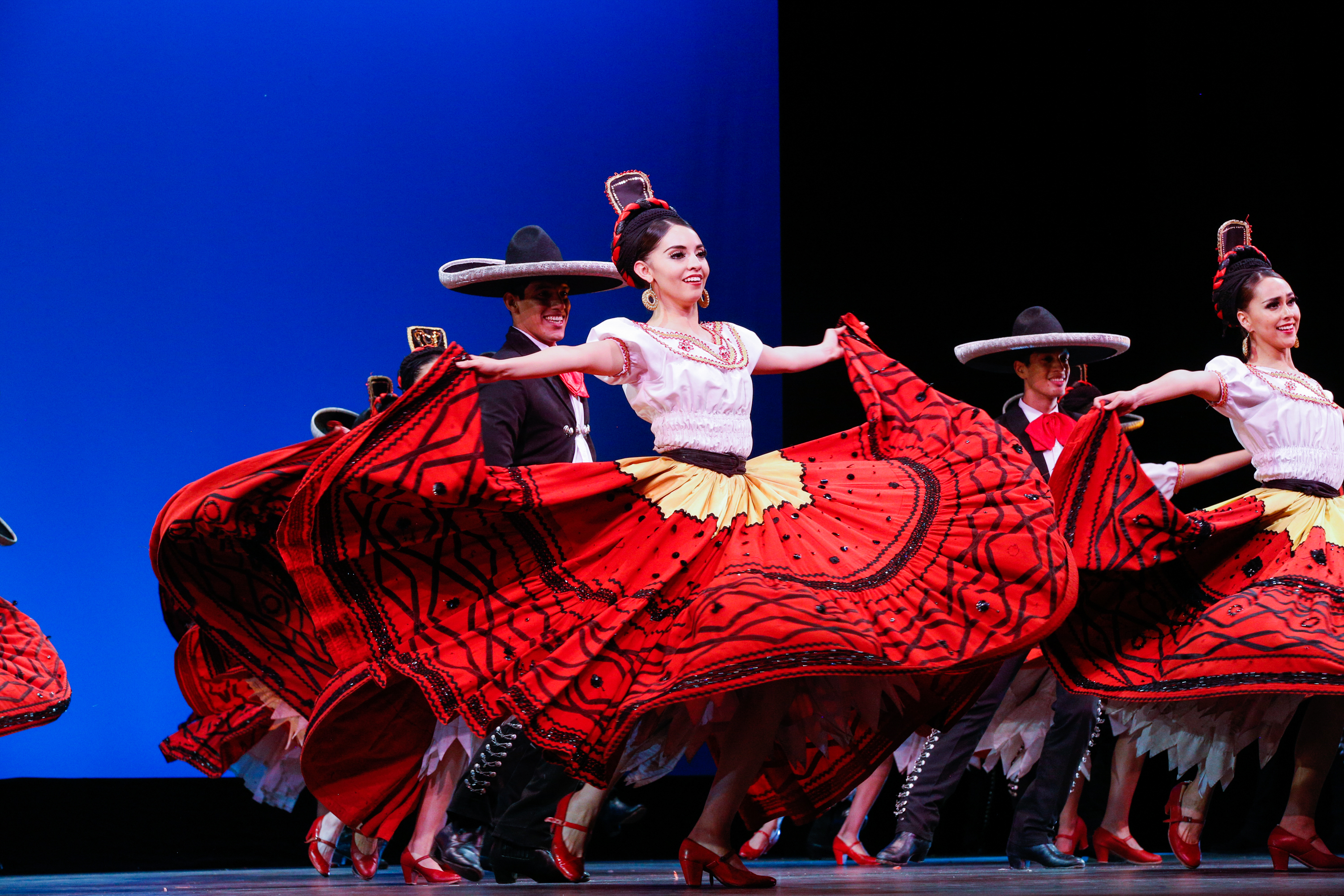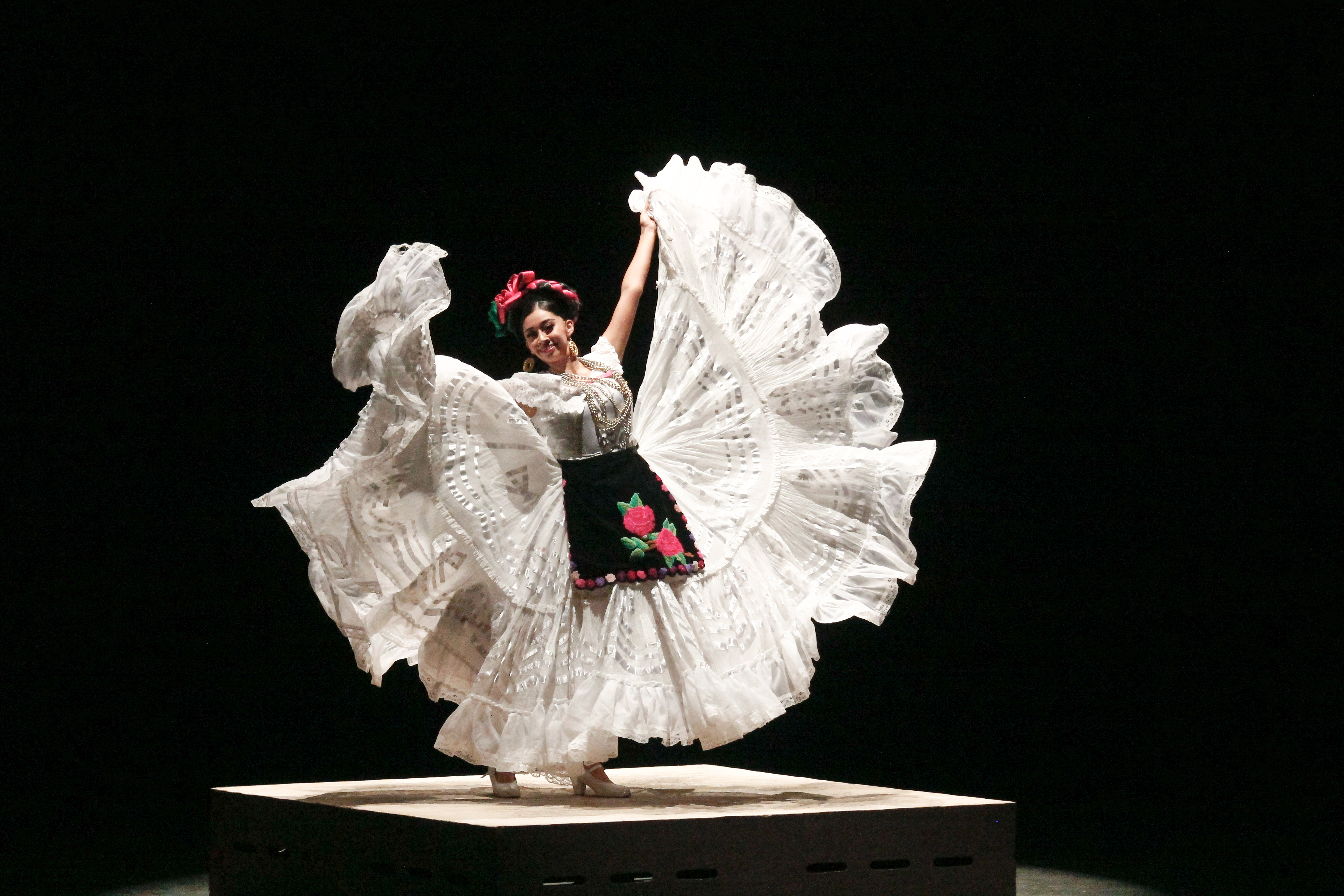On Monday, Nov. 19, the Ballet Folklórico de México performed at the Anderson Center, dazzling an audience of locals and students in a journey through time, the dancers awash in a sea of color.
The dance troupe closed a 51-city tour through North America in the city of Binghamton, having begun its two-month tour on Sept. 19. The company has performed, among other cities, in Houston, Los Angeles, San Francisco, Chicago and, most recently, the Bronx in New York City.
The Ballet Folklórico de México was founded in 1952 by Amalia Hernández with the aim of preserving the cultural traditions of Mexican dance and disseminating them both throughout the country and abroad. Over the decades, the Ballet Folklórico has grown to be one of Mexico’s most prestigious dance companies.
According to Carlos Antúnez, artistic coordinator of the dance company, the company’s performance was intended to further this aim.
“Mexico has a beautiful face, that of its rich culture, and what they will see today is intended to show them that face,” Antúnez said.
The performance showcased a series of dances in styles alternating between ballet and zapateado, a style of dancing characterized by a lively rhythm and the striking of dancers’ boots. Many of them drew in and roused the audience with their buoyant and energetic feel, from the pounding and suspenseful tribal dances to the cheerful and charming country dances.

The company received a series of applause after each dance, culminating in a standing ovation after its final dance, “Jalisco Festivity,” depicting the Jalisco dances and folklore that have become emblematic of Mexican culture. The performance opened with a Mariachi parade, ultimately giving way to dapper, toe-tapping male dancers swinging their sombreros and twirling female dancers in brilliant red skirts.
Andria Kroner, a fourth-year graduate student studying biology, said she had never heard of the dance company before, but decided to attend the performance because of an interest in dance and cultural events. Kroner said she was, ultimately, not disappointed.
“I thought it would be fun,” Kroner said. “I like dance and things that have cultural history. I thought it was really great. It was very colorful.”

“For example, here, the Anglo audience is more reserved, but I think the truth is that they appreciate the performance in the same way,” Antúnez said. “The truth is that we’ve been very lucky, and we work very hard to achieve this [reception] from the audience.”
Antúnez said he was eager for the audience to see a different, more positive and lighthearted side of the country that is not as widely talked about as some of the darker sides of it that may feature more prominently in news reports.
“I think the audience sitting here today could take away [from the performance] a different perspective or conception of what Mexico is,” Antúnez said. “Mexico is a lot of things, but it’s [also] dance, music, color, joy.”



